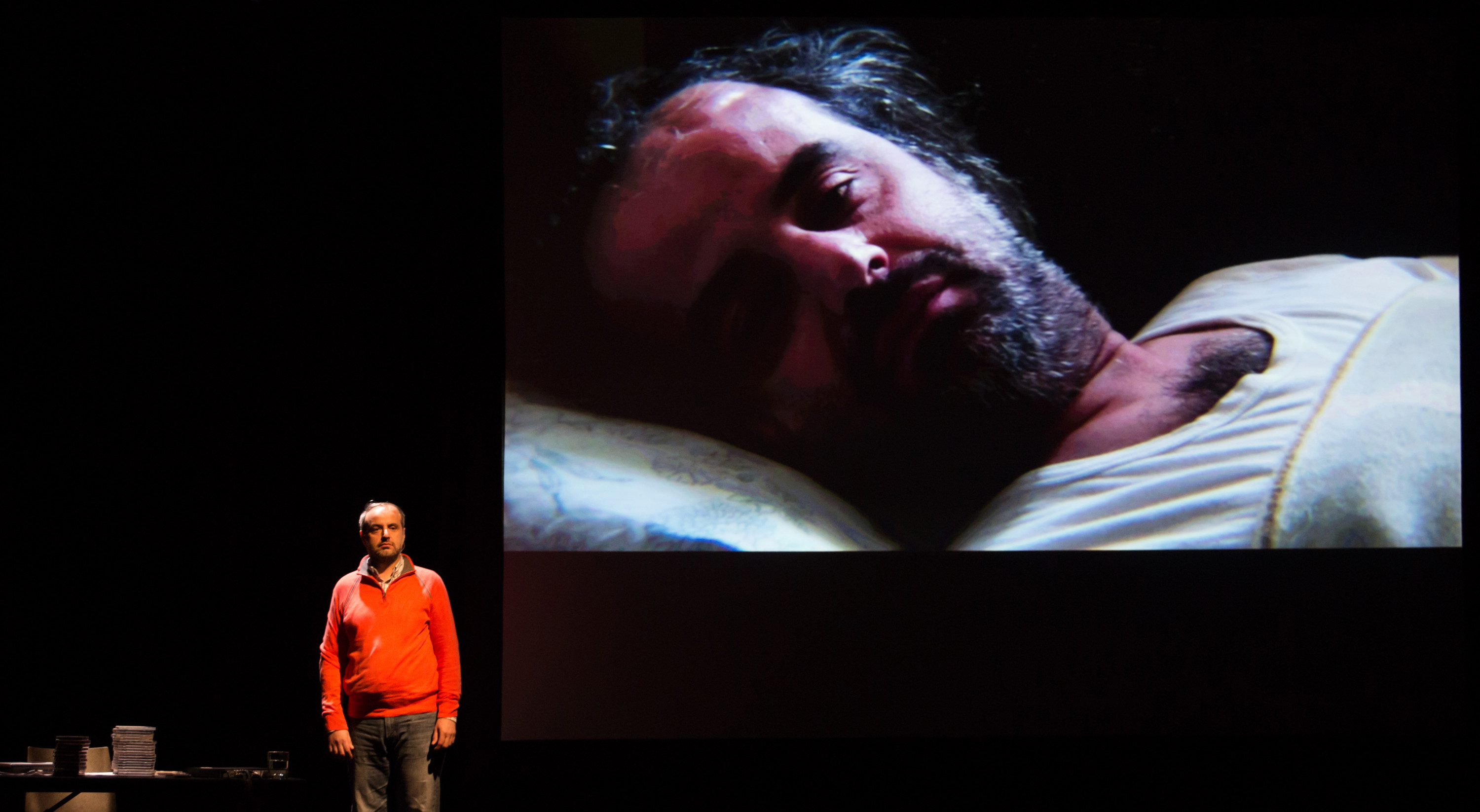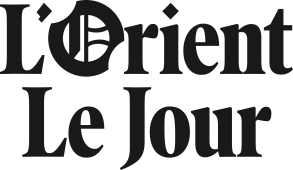Rabih Mroué
Riding on a cloud
novembernov 13 – 16
Text and direction Rabih Mroué. Assistant directors Sarmad Louis, Petra Serhal. With Yasser Mroué. Translation Ziad Nawfal. French translation Pascale Fougère.
With the support of Fonds Podiumkunsten ; Prince Claus Fund ; Hivos & Stichting DOEN (Pays-Bas)
Commissioned by Frie Leysen
In partnership with L'Orient Le Jour
La Commune, centre dramatique national d’Aubervilliers et le Festival d’Automne à Paris are co-producers and co-presenters of this show.
Rabih Mroué with Laure Adler.
Listen on France Culture
These two one-person shows, Biokhraphia and Riding on a cloud, are an investigation into the self-portrait. In Riding on a Cloud, a man called Yasser speaks into a dictaphone, projects videos and broadcasts recordings, whilst expressing reservations about the extent to which these documents coincide with his true self. In Biokhraphia, it is Lina Majdalanie who becomes the subject of a very unusual interview.
The inspiration behind Rabih Mroué's Riding on a cloud (2013) is that of the true episode in the life of his brother, Yasser. Aged seventeen at the time, the latter, as a result of an injury he sustained, had to re-educate his cognitive functions in order to regain his power of speech. It is Yasser himself we see on stage. The question of representation, the border between documentary and fiction, and the way we interpret images has always been at the heart of Rabih Mroué's research. In this piece, he once again uses real facts in order to weave a gripping, moving story but which is also fantastical and devoid of pathos. He does so by digging deep into the intimate significance of the events endured by those concerned, which in turn has the effect of drawing us into his deconstruction of theatrical representation. The airy, soaring title of the piece is borrowed from a poem by Yasser, written as a delicate young boy full of promise, in a country where candour and dreams struggle to survive.
Interview with Lina Majdalanie and Rabih Mroué
In the same place


